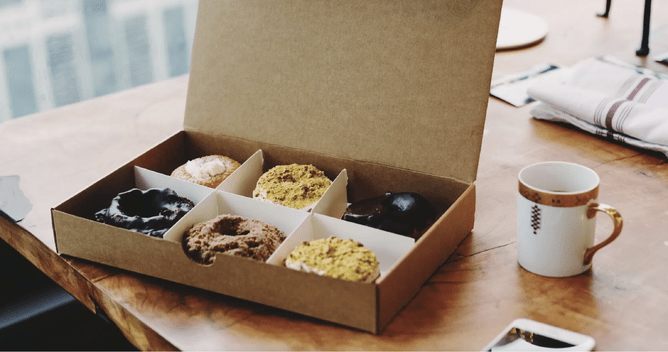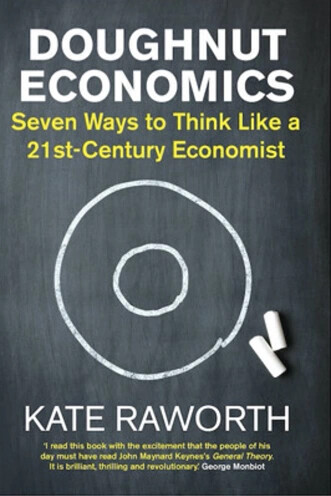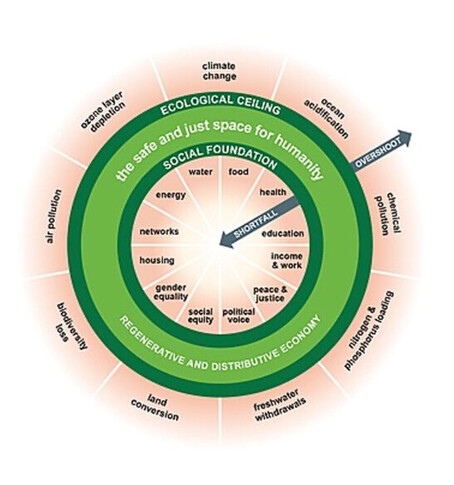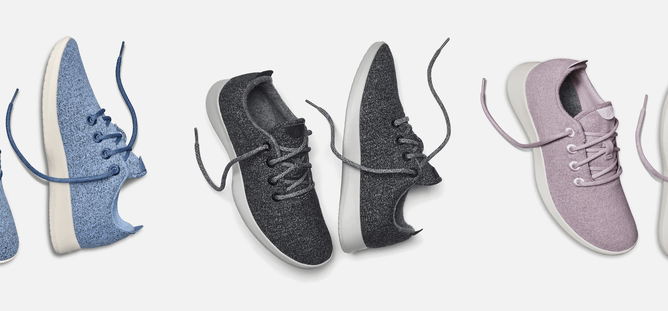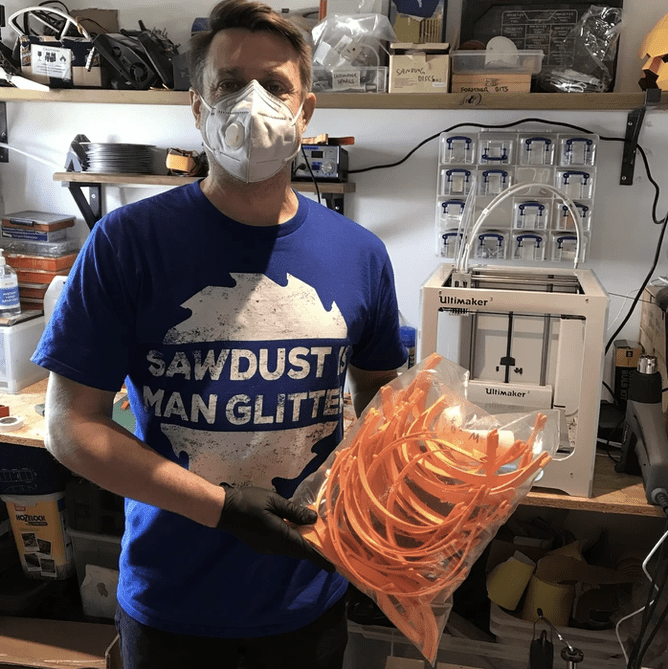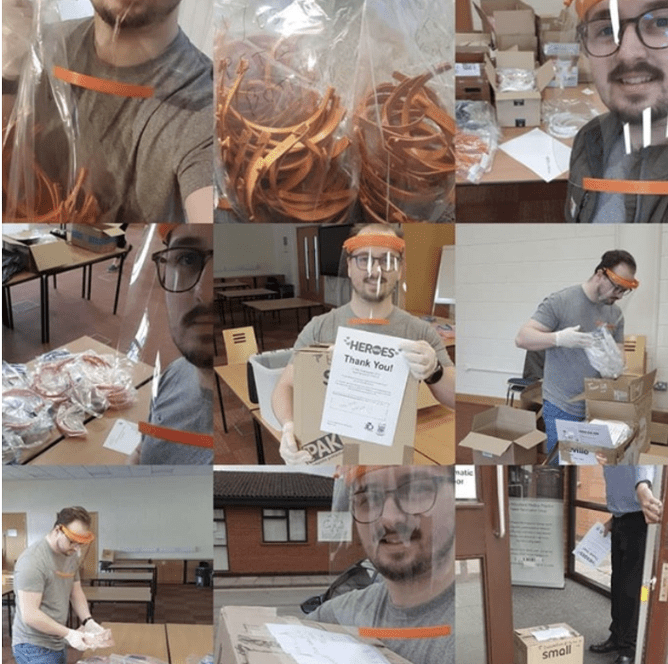Doughnuts and Coffee
MARK HESTER
On 21 October 2020, the President of Ireland, Michael D. Higgins, described humanity’s overriding goal as 'living in the Doughnut'.
You could be forgiven for thinking that he was suggesting we all need to go out to the bakery more to find happiness (an idea we would wholeheartedly agree with). In fact, he was referring to the concept of living in the space between social and planetary boundaries as described in the book ‘Doughnut Economics’ by Kate Raworth.
This caught my attention because I had just finished reading the book and was asking myself what this might mean for designers and engineers. President Higgin’s reference to The Doughnut Economics Model was within the context of a talk entitled “Climate Action and the Role of Engineers”.
So What is Doughnut Economics?
In order to better understand the thinking behind doughnut economics, Kate Raworth designed a visual framework for re-imagining a prosperous global economy as illustrated below.
The Doughnut’s inner ring represents its social foundation with the basics of life that nobody should live without. The United Nation’s Sustainable Development Goals demonstrate a commitment by 193 countries to prevent anyone from falling into the hole in the middle of the doughnut.
The outer ring of the Doughnut describes the ecological ceiling that our Earth can sustain. Exceeding these boundaries places destructive pressure on the natural systems that we all depend on for survival. Not a day goes by at the moment without us being presented with devastating examples of how we are stretching these boundaries all around the world.
The Doughnut Economics model is a clarion call to today’s economists, leaders and innovators to challenge the undisputed champion of current economic thinking – constant growth measured by GDP.
Raworth asks the awkward question that others have been either unwilling or afraid to consider. Namely, what really happens to our communities and the world at large if we pursue constant growth?
Spoiler Alert – It Doesn’t End Well…
There are many reasons to read the book and too much content to go into detail here. But I wanted to summarise my key takeaways for anyone wondering about the role of design, engineering and innovation and their relation to economic theory.
Raworth encourages us to consider an alternative mindset drawn from nature – be regenerative and distributive by design.
Consider how nature creates structures that are capable of reliably and efficiently distributing resources. Branching fractals are all around us; blood vessels in the body, veins in a leaf and the thousands of tributaries that feed a river. Resources can move through these networks efficiently but there is also a built-in resilience that comes from the diversity and redundancy in the system.
The Doughnut Economics Model and Circular Economy
The obvious starting point for designers is to consider how their work can fit within a circular economy or a cyclical business model. For the team at The Imagination Factory, this includes trying to apply a Cradle-to-Cradle approach wherever possible by understanding how to design products that keep technical and biological materials separate. At the end of life, the resources used to make the product can then be easily separated.
Recycled Plastic Devices
An example of this is the IoT sensor we have been developing for FundWaste. It uses 100% recycled plastic from a post-consumer waste stream. This material has been developed during the EU funded PolyCE project of which we are a partner. But it has also been designed following specific guidelines produced in collaboration with recycling specialists so that it stands the best chance of yielding its valuable material resources at end of life. In order to be economically viable, this has to work within the current constraints of recycling which still rely on basic processes such as shredding and density separation.
Carbon Negative
An example of regenerative design thinking can be seen at Allbirds - an apparel company with the ambitious goal to become a zero-carbon company. Typically, when companies claim ccarbon neutrality, that typically means they are offsetting whatever emissions they can't reduce with carbon credits.
Allbirds, however, hopes to emit no carbon at the outset. By making this pledge, the company committed to complete transparency when it comes to carbon emissions. Not many businesses are doing that.
Like a nutritional facts label on food packaging, Allbirds has a label attached to its shoes that shows exactly the amount of emissions produced from the making of each style of shoe.
Allbirds has also recently invested in a plant-leather producer that can produce an alternative to traditionally manufactured leather and synthetically manufactured leather while also reducing the associated carbon footprint by 40 times.
Distributive by Design
Covid-19 revealed the inherent vulnerabilities in our linear supply chain models which has forced industry, retail and commerce (catching up with many of us!) to rethink how and where products are made, distributed and used.
During the initial period of lockdown in March 2020, The Imagination Factory had the immense privilege of being able to support efforts to provide face shields to frontline workers. We did this by using our Ultimaker 3D printer to make parts that were assembled and distributed by 3DCrowd.
Having worked in medical device design we knew that there would be tight regulations surrounding the production and supply of PPE and 3DCrowd impressed us with their knowledge and commitment to address this aspect of the challenge.
And the result of this commitment was announced at the end of 2020 in an email from the team leading 3D Crowd: “We have not just got CE approval for our face shields, we have got CE approval for what we believe is the first distributed manufacturing device ever and that is a massive milestone for 3D printing… Our CE approval is for the creation of the face shields by thousands of separate manufacturers – provided that they followed our processes, methods and guidance operating under the 3D Crowd banner and that is a significant step that allows 3D Crowd and each of you who contributed to taking our place in history. To anyone who says distributed manufacturing isn’t possible we can now point them to this approval to prove it is.”
This is a landmark moment for de-centralised manufacturing but there is so much more to do and much more innovation and design thinking needed.
What About the Coffee?
Nothing goes better with a doughnut than a decent cup of coffee. But the production and supply of the world’s most popular beverage is not without controversy and places its own burdens on planetary boundaries.
In another article coming soon, we will take a look at some of the questions this raises for today’s designers.
